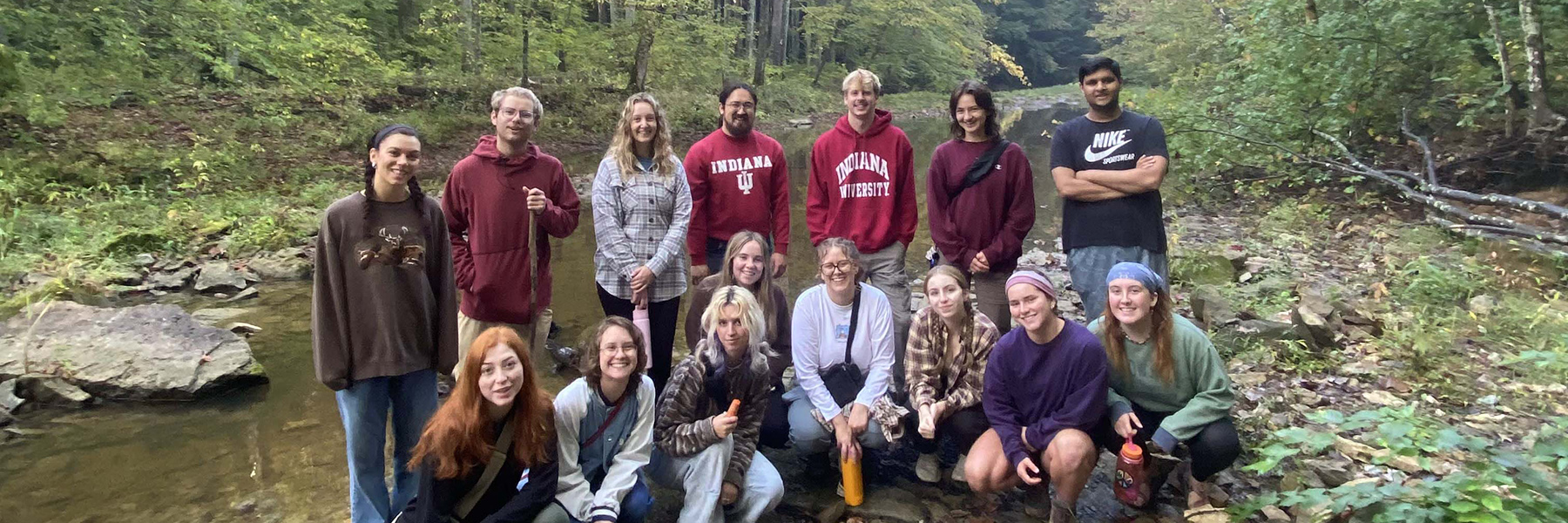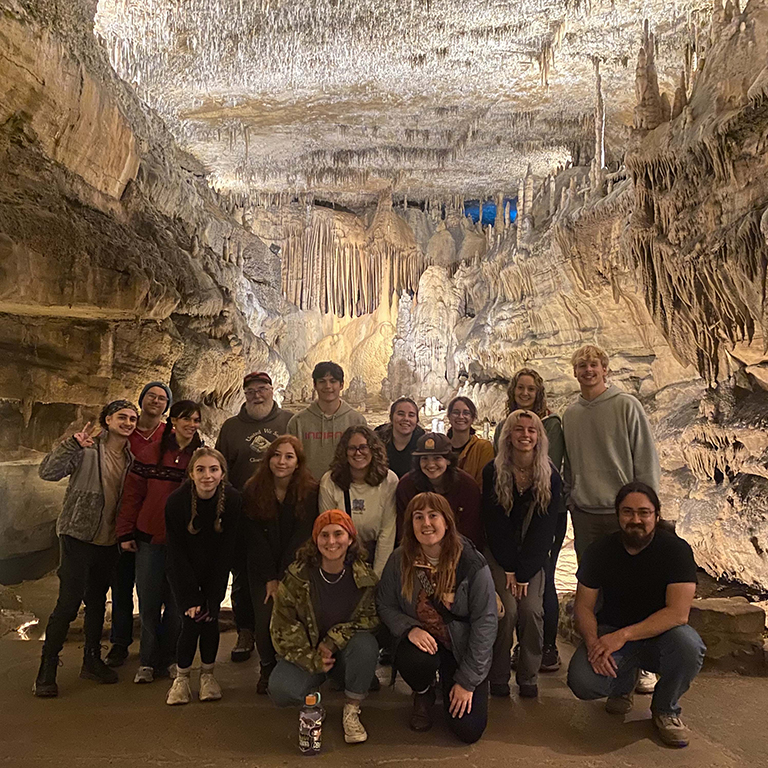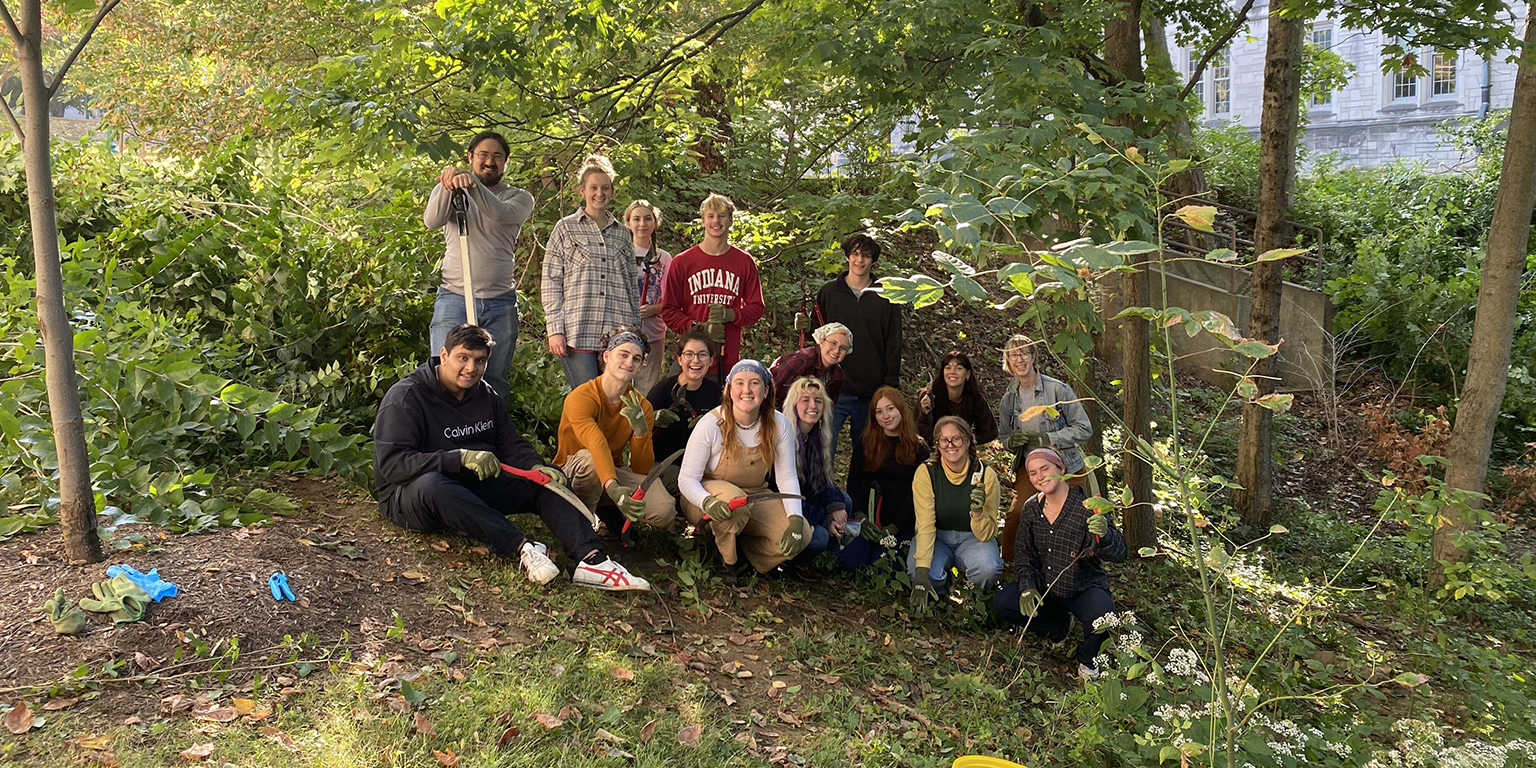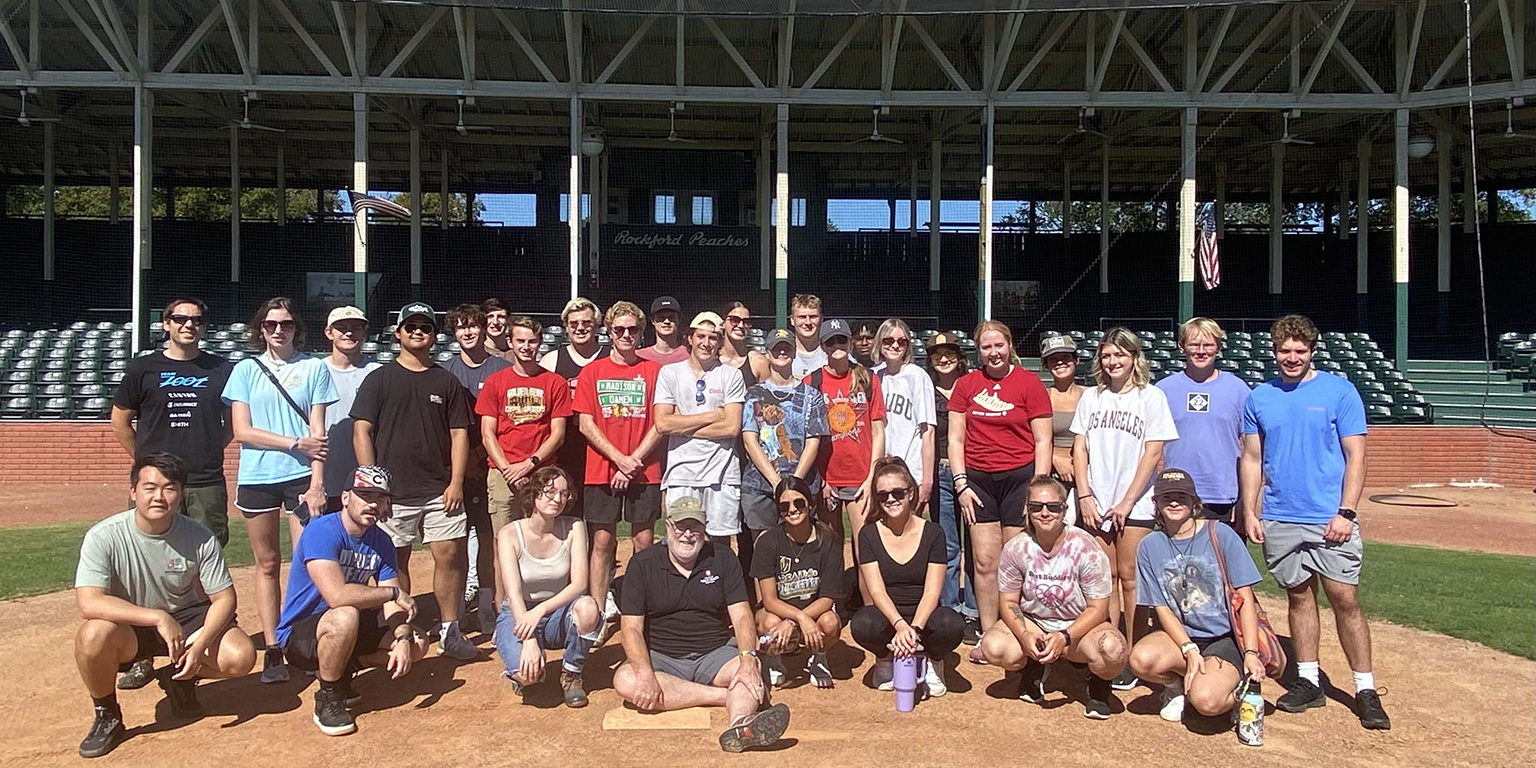Forist obtained his Ph.D. in Leisure Behavior from IU Bloomington in 2018, with a minor in Folklore. He gained his Master of Science in Environmental Studies and Elementary Education from Antioch University New England after graduating from Huxley College of the Environment at Western Washington University with a Bachelor of Science in Environmental Studies, Outdoor Education and Interpretation.
Currently, Forist teaches courses on the design of health and happiness, natural environments, the relationship between humans and nature, public communication in parks and protected areas, and resource management.
Q: Was there a moment that sparked your passion around nature and health? How has your love for the outdoors grown through the years?
I have loved nature and being outdoors as long as I can remember. I often claim it was discovering that tadpoles turn into frogs on my grandparents’ farm as a kid that truly ignited my curiosity and passion. My grandparents and parents encouraged my explorations in nature. Family vacations first took me to national parks and historic sites, where I first imagined a life dedicated to such special places. I also had a few (pretty weird) friends with similar interests, and we cajoled and protected each other. I was first involved in the environmental movement as a teenager and have never looked back. I was able to participate in the very first Earth Day teach-in at a hometown college and remember professors talking about things I didn’t understand. I was taken in by the action for part of the day—picking up litter in a creek that runs through town. I have been a litter picker ever since!
Q: You’ve been involved in park education in 11 different states. How has your work throughout these national parks and reserves helped shape who you are and how you teach?
Time spent exploring nature and the outdoors has always taught me more than my formal schooling. On occasion, I would have a teacher who actually encouraged learning outside the classroom. And sometimes, my time outdoors was in spite of my teachers. After my sophomore year of high school, I was a participant in the Youth Conservation Corps in Hiawatha National Forest. My “guidance counselor” told my folks I was not mature enough to do so—I am grateful they didn’t listen. It was my first public lands job, followed by work in a national wildlife refuge and eight units of the National Park System. All told, I have lived and worked in eleven states. I have been a naturalist and environmental educator in residential programs, nature centers, on a Hudson River sailing vessel, on whale watch boats, and as a national park ranger and social scientist.
These experiences working outdoors, along with my college training, have deeply influenced the way I teach. In my master’s program, I was trained as a constructivist educator with the understanding that knowledge is actively built by the learner rather than given to them by an instructor. Mentors (teachers, bosses, co-workers, and students alike) who modeled that educational approach sit on my shoulders every day. Like nature and our understanding of the past, teaching and learning is dynamic, always evolving, and being constructed and re-constructed as conditions of understanding change. I carry people and experiences with me, hoping to encourage the same in my students. I love learning alongside them, always exploring nature and creating the world we want to live in.
Q: What are some of your favorite aspects of IU? Who are some people who’ve made lasting impressions during your time here?
When I think of my favorite aspects of IU, my mind goes first to Dunn’s Woods. I have worked in parks protecting a few city blocks (Lincoln Home National Historic Site) to nearly a million acres (Olympic National Park). I call Dunn’s Woods my #tenacresofhappy! That small plot of woodland is a great and frequently used classroom, a field laboratory, and a resting place for many overstressed members of the various IU communities. Second is the Wylie House Museum, home to the university’s first president and others. It is another outstanding classroom and a field site where students and the public alike can come to understand changing perspectives on our past. At Wylie House, I am particularly excited about the museum’s focus on telling stories from the margins—those of African Americans, immigrants, women, children, LGBTQIA+ folks, and Indigenous people who have shaped and given life to the place.
As a doctoral student at IU, I was amazed by the resources at hand, something I had not experienced previously. This includes the vast holdings in the IU Libraries, availability of software, the University Archives (along with always curious and helpful archivists), other collections such as those at the Mathers Museum of World Cultures and Glen A. Black Laboratory of Archaeology (now IU Museum of Archaeology & Anthropology), interdisciplinary opportunities for students such as the Integrated Program in the Environment, outward-facing programs like the Center for Rural Engagement, and external partners like Monroe County Identify and Reduce Invasive Species and the Friends of Beck’s Mill. Of course, there are key people connected to all of these, unfortunately too many to name. Most prominent in my experience are my Ph.D. advisor, colleague, & friend Dr. Doug Knapp, Director of the Wylie House Museum Carey Champion, fellow doctoral students, and the teaching faculty in my department. Most importantly, let me give a shout out to my students who teach me new things every day. Collectively, these are “my people!”
Q: Is there a definition of nature that you like to use? How do you understand the relationship between humans and nature?
I teach a class called “Human Health & Natural Environments.” The very first time I taught the class, I casually asked groups of students to write a definition of “nature.” It was a very eye-opening experience as, for that collective set of folks primarily interested in adventure education, “nature” to them was large, un-peopled tracts of land and most often west of the Mississippi River. I was troubled, as that conceptualization of nature is very elite and exclusive, requiring a good bit of privilege to access. So, we spent the next couple of classes thinking about and redefining nature. For my definition I borrow from Emma Marris, author of Rambunctious garden: Saving nature in a post-wild world. Nature is anywhere life thrives. To me, this seems inclusive and just. Everyone should have access to nature and its many benefits.
Q: Especially as the seasons change, how can we deepen our relationship with other elements of nature? Do you think this can make our lives more joyful?
The answer is a simple one to me: Go outside. Look at the sky. Celebrate spring wildflowers. Play in the rain. Rest in a hammock. Jump in the leaves. Make snow angels. Pick up litter. Sit quietly. Breathe in. Breathe out.






